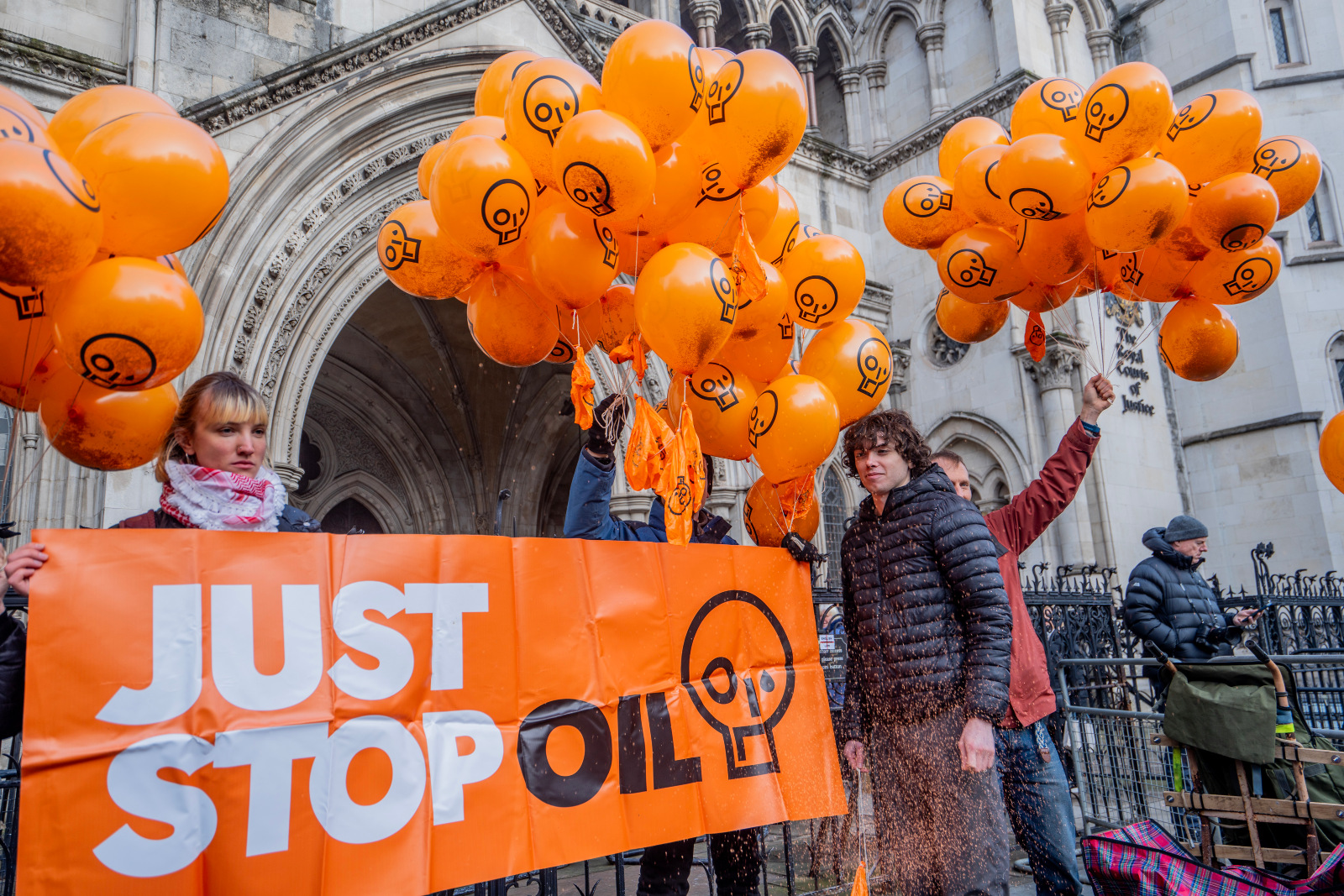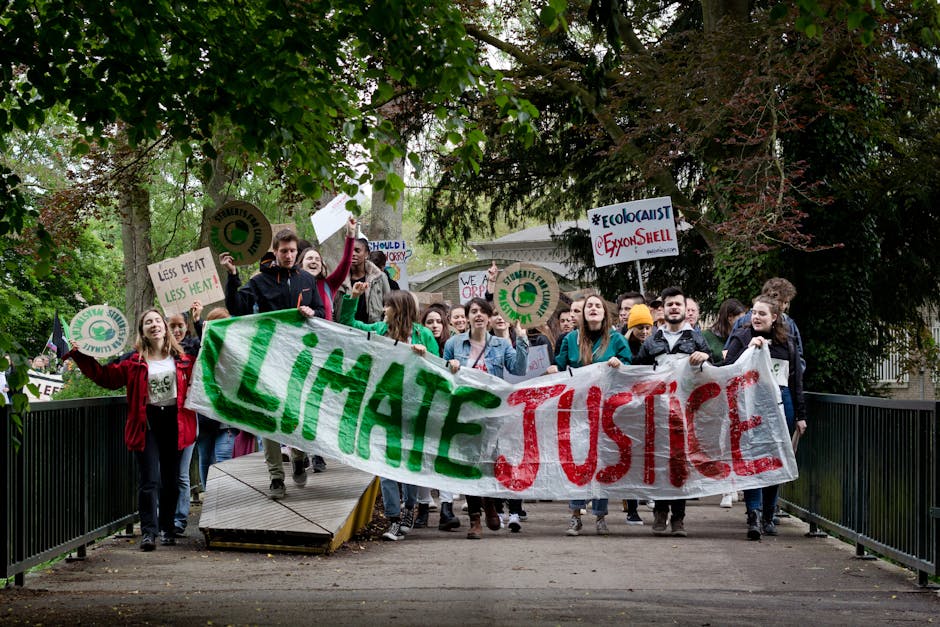An estimated 5 million people around the world took to the streets last weekend in the largest show of resistance yet to President Donald Trump’s return to the White House.
The “Hands Off!” protesters expressed outrage over Elon Musk’s dismantling of federal agencies and programs through the so-called Department of Government Efficiency, the mass firing of federal workers, and attacks on the rights of immigrants and trans people. Two-thirds of attendees at the Hands Off rally in Washington, D.C. — which drew an estimated 100,000 people, according to organizers — named climate change as one of their top motivations for participating. That’s according to data from Dana Fisher, a sociologist at American University whose team surveyed the protesters.
The protests were peaceful, with marchers sticking to preapproved routes and refraining from the kind of civil disobedience that can lead to arrest. That’s in contrast to the array of new tactics the climate movement has implemented in recent years, from the disruptive (blocking roads) to the just plain weird (throwing tomato soup at the glass in front of a Vincent van Gogh painting). These tactics are often unpopular, raising concerns about backlash. But there’s mounting evidence that they work — especially in tandem with more mainstream efforts.
A new review of 50 recent studies finds that protests tend to sway media coverage and public opinion toward the climate cause, without appearing to backfire, even when disruptive tactics are used. The researchers, from the Yale Program on Climate Change Communication, found that collective action sometimes influenced elections by shifting people’s voting behavior. One study in Germany, for example, found that the Green Party received a larger portion of the vote in areas where climate protests took place.
“People only have so much stamina and attention and will to keep fighting in the face of insurmountable odds,” said Laura Thomas-Walters, a co-author of the review and an activist with Extinction Rebellion UK “Let’s use it as effectively as possible.” Thomas-Walters argues that disruption should be aimed at institutions that prop up the status quo, such as banks, corporations, universities and pension funds, to influence decision-makers.
Her review found real-life evidence of the “radical flank effect,” the idea that a more extreme climate group can increase support for more mainstream groups. Two weeks after the group Just Stop Oil blocked a major road around London in November 2022, the public’s support increased for a more moderate group, Friends of the Earth, according to a study published last fall. “You know, it’s ultimately like a good-cop, bad-cop approach,” said James Ozden, a co-author of that study and the founder of the Social Change Lab in London, which conducts research on the effects of protests.
Last month, Just Stop Oil announced that it was ending its three-year resistance campaign, claiming it had achieved its demand of ending new oil and gas licenses in the United Kingdom. But that success came with a cost: dozens of the group’s protesters have faced jail time. According to Fisher, who has been studying climate activism for two and a half decades, that’s not a fluke. “Activists are met with repression when their activism is starting to resonate and work,” she said.
 Read More
Read More



